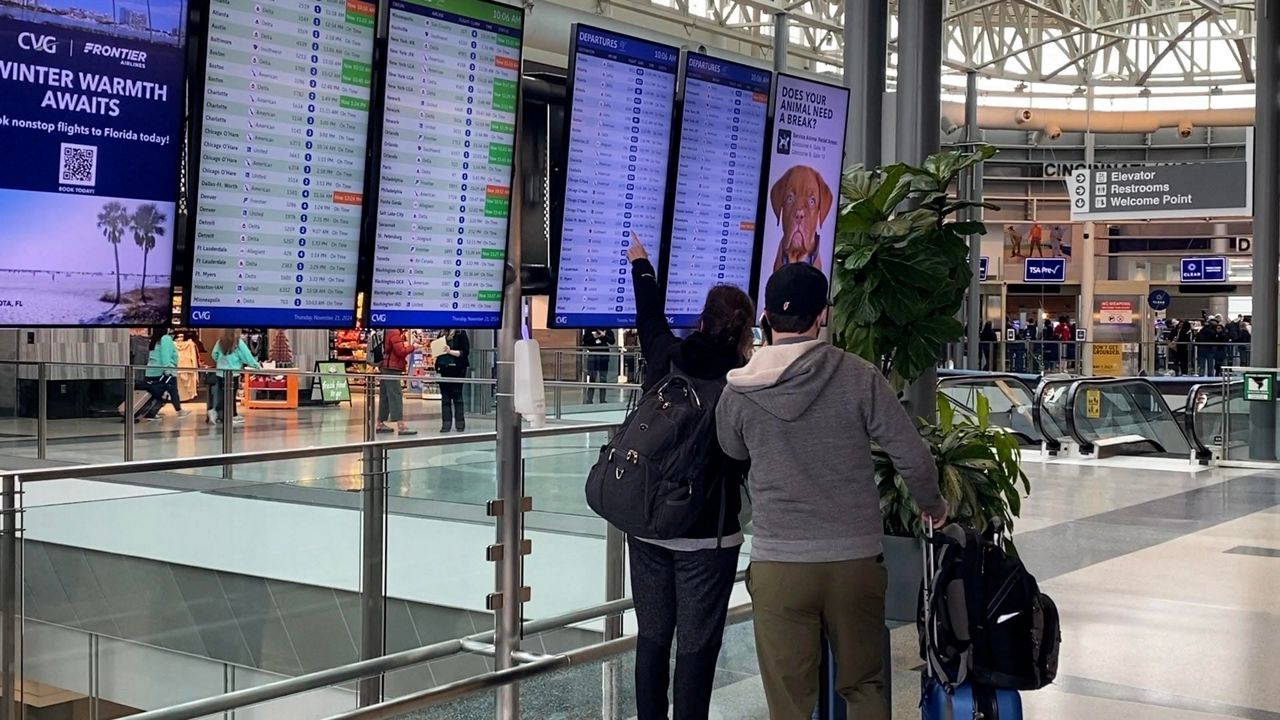Jobs
Pilots are ditching top captain jobs in favor of $200,000 second-in-command gigs with better work-life balance, JetBlue founder says

Beleaguered airlines are finally starting to recover from a crunched labor force caused by COVID-stunted travel, but they’re not in the clear yet, David Neeleman, JetBlue founder and founder-CEO of Breeze Airways warned. There are plenty of pilots eager for work—but not many want the labor-intensive title of “captain,” opting instead to retain the position as the less-stressful first officer.
“First officer pay has gone up so much that a lot of these people don’t want to upgrade to captain because it affects their quality of life,” Neeleman said during Fortune’s Brainstorm Tech conference on Wednesday.
Pilots making $200,000 as first officers based in Miami aren’t willing to trade their salaries or lifestyles for a $350,000 captain position in Newark, he explained. While both pilots physically fly the aircraft, first officers require less training and fewer certifications than captains—and don’t have to take the brunt of the safety pressures in operating an aircraft.
Indeed, 7,000 American Airlines pilots declined promotions to captain last year, and these refusal rates have doubled in the past seven years, American’s pilots union Dennis Tajer told Reuters. As of last July, United had 987 captain vacancies that went unfulfilled for a year, with filled positions already unbalanced. The airline had 5,900 captains and 7,500 first officers.
The job of flying commercial planes has the reputation of taking a toll on its pilots. The hours are unpredictable and long, with pilots often separated from their families for extended periods of time. The nerve-wracking process of takeoff and landing takes a physical toll as well, raising one’s heart rate and stress levels, which, over time, can lead to chronic sleep deprivation, anxiety, and depression.
“It’s what we call a high-consequence industry,” Erin Bowen, founding chair of the Behavioral and Safety Science Department at Embry-Riddle Aeronautical University, told Vice. “When pilots make mistakes, the consequences can be catastrophic.”
The Federal Aviation Administration has implemented regulations to mitigate physical and mental burnout, including increasing mental-health resources, limiting the hours pilots can fly, and mandating rest periods. But pilots don’t often report mental-health crises, fearing they’ll lose their flying licenses, according to National Transportation Safety Board Chair Jennifer Homendy.
“You should be able to seek professional mental health care while still being able to retain your job,” she said. “We’re talking about losing loved ones, going through divorces, just the stress of jobs. And it’s usually, at least for the pilots, fly or get denied.”
Bumpy landing
Over the pandemic, which disrupted travel and upended the industry, stress levels only rose. After COVID throttled demand for travel, airlines cut flights, furloughed or laid off thousands of pilots, or otherwise nudged them to retire with the offer of generous benefits. But by the time travel demand roared back to life, airlines found themselves 8,000 pilots short.
Neeleman, whose airline start-up Breeze launched in 2021 in the thick of the industry’s struggles, is keenly aware of the impact of the pilot shortage on the efficiency and functionality of an airline.
“A lot of people decided they didn’t want to go back to work, or they wanted to work a lot less, or they wanted to work from home,” he told Fortune. “And so it was really, really tough.”
Pilot shortages meant there were few replacements for sick captains and thousands of flight cancellations, leaving airlines desperate for labor. There was a silver living for burnt-out pilots, however. Those unionized suddenly had leverage to ask for hefty pay bumps and perks for those with seniority. Today’s captains can make up to $500,000 per year, and first captains with 12 years of experience aren’t too behind, making up to almost $300,000 annually.
Breeze certainly isn’t navigating pilot shortages today, Neeleman said. The company has 800 applicants waiting in line for an opportunity to fly its planes. But he admits that while the hefty pay for captains has solved one piece of airlines’ labor puzzle, it’s created another one, as first officers still making six-figure salaries aren’t convinced that switching seats in the cockpit is worth the stress.
“It’s kind of the marginal utility of money,” Neeleman said.








